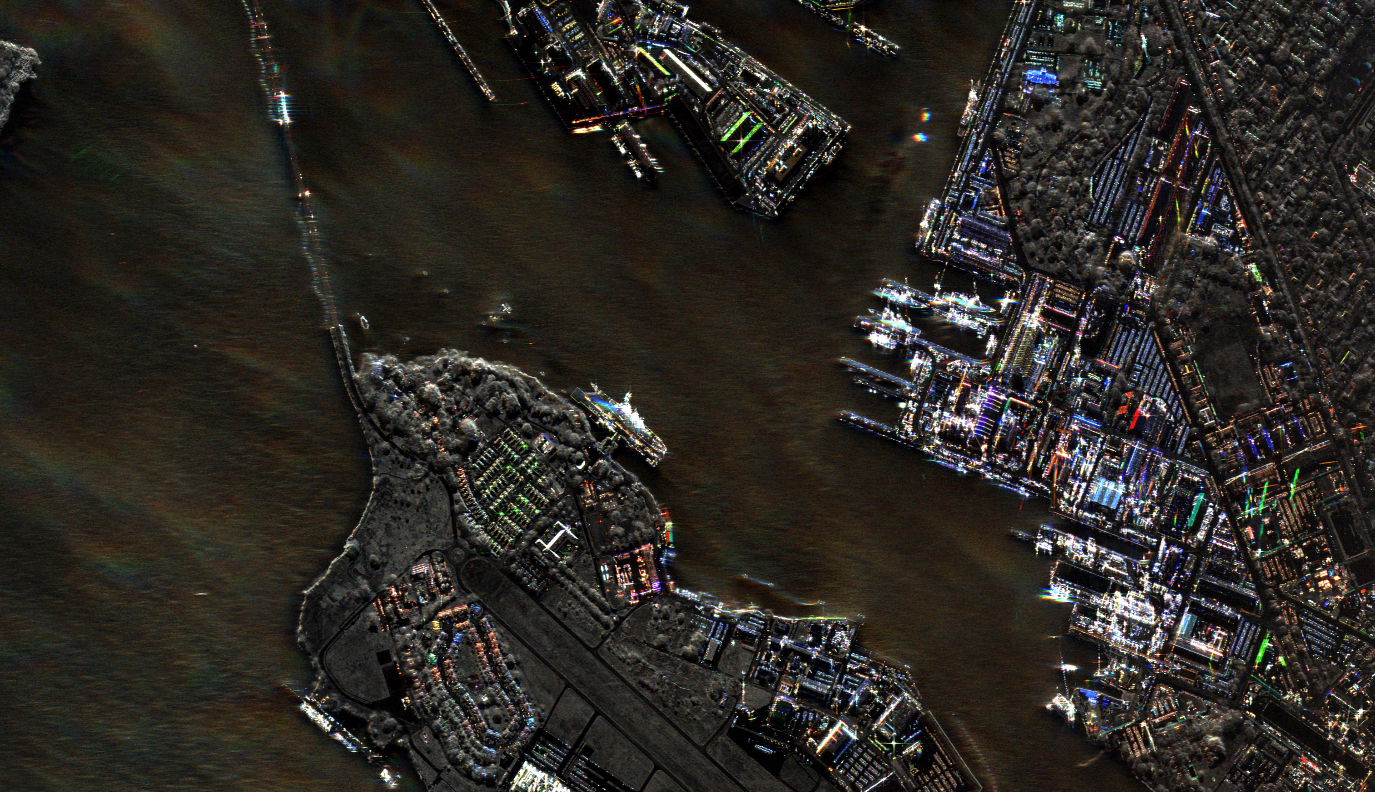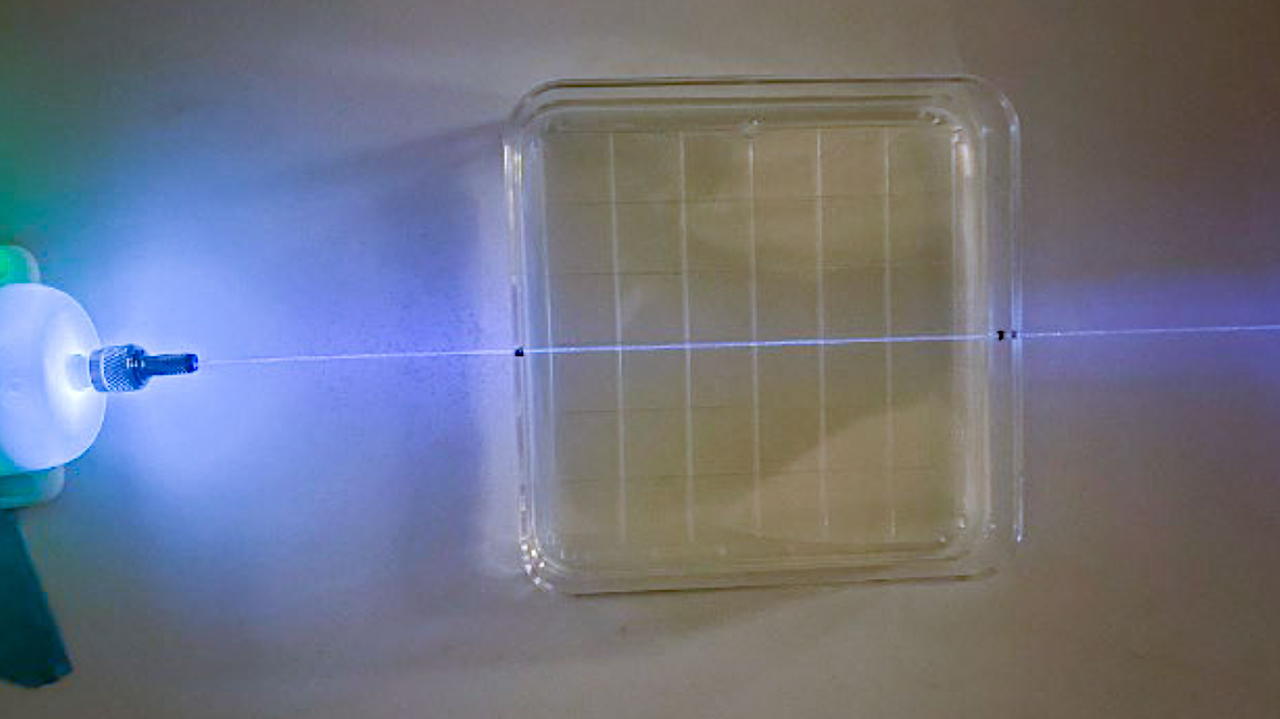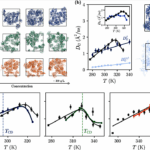Now Reading: Iceye unveils ‘guaranteed’ imagery service as satellite firms vie for defense customers
-
01
Iceye unveils ‘guaranteed’ imagery service as satellite firms vie for defense customers
Iceye unveils ‘guaranteed’ imagery service as satellite firms vie for defense customers


WASHINGTON — The global race to supply governments with commercial satellite imagery is accelerating as defense agencies seek faster, more assured access to data once reserved for intelligence services. Finnish radar-imaging company Iceye is the latest to sharpen its pitch, introducing a service that guarantees customers priority use of its orbiting sensors.
Iceye last week announced a new “tactical access” program that offers subscribers on-demand tasking of its synthetic-aperture radar, or SAR, satellites, ensuring images can be captured wherever and whenever required. The model contrasts with the traditional “first-come, first-served” approach, in which operators queue imaging requests from multiple clients.
The offering underscores how private-sector players are racing to meet growing government demand for assured satellite intelligence, a market reshaped by the wars in Ukraine and the Middle East and by rising tensions in East Asia. Governments are increasingly leaning on commercial providers for reconnaissance capabilities that can be deployed faster and at lower cost than national systems.
Push up value chain
SAR satellites such as Iceye’s can collect imagery through cloud cover and at night, making them valuable in conflict zones or during disasters. The company said its new subscription-based service targets agencies and organizations with heavy imagery requirements and short decision timelines. Customers can optionally install a ground station for direct downlink, enabling delivery “within minutes,” according to Iceye.
A spokesperson for Iceye’s U.S. subsidiary declined to identify specific users but said the company is working with American government partners to tailor the service for U.S. defense and intelligence missions. “Bringing tactical access into the U.S. environment has been one of our top priorities,” the spokesperson said.
The initiative comes as competition in the Earth-observation sector intensifies. Operators are experimenting with flexible pricing, subscription tasking and even custom-built constellations for governments seeking sovereign control of their own satellites.
Market research firm Quilty Space recently named Iceye a leading player in this global race. Over the past two years, the company has sold dozens of satellites — once built solely for its internal constellation — to national customers including Finland, Poland and Japan. Quilty’s director of research Caleb Henry noted that Iceye has added seven “sovereign” clients, many of them defense ministries.
That strategy carries some risk as selling satellites outright could reduce demand for Iceye’s own imagery products. “This is a valid concern,” Henry wrote, “but there are still compelling reasons for Iceye to continue with its current strategy,” including deeper government relationships and recurring support revenue.
Sovereign control and integration
Government buyers are increasingly prioritizing autonomy. A Nov. 4 report from the consulting firm Novaspace noted that sovereign control and high-precision intelligence now dominate procurement decisions, with clients demanding “uncompromised access to both premium resolution and rapid revisit rates.”
Defense applications account for more than 65% of the $2.2 billion global geospatial data market, according to Novaspace. “No single company can cover every layer of the information chain,” said Alexis Conte, a senior manager at the firm. “Industry is moving toward strategic vertical integration and key partnerships to close value-chain gaps.”
At last week’s MilSat Symposium in Mountain View, Calif., executives said the next phase of the commercial remote-sensing market will depend on combining multiple forms of imagery — optical, radar, and hyperspectral — into what analysts call “multimodal” or fused intelligence. The goal is to turn vast streams of sensor data into actionable insight more quickly.
Novaspace called this integration “the next frontier,” favoring providers able to orchestrate complex, multi-sensor architectures of radar, optical and infrared data.
Stay Informed With the Latest & Most Important News
Previous Post
Next Post
-
 012024 in Review: Highlights from NASA in Silicon Valley
012024 in Review: Highlights from NASA in Silicon Valley -
 02Panasonic Leica Summilux DG 15mm f/1.7 ASPH review
02Panasonic Leica Summilux DG 15mm f/1.7 ASPH review -
 03From Polymerization-Enabled Folding and Assembly to Chemical Evolution: Key Processes for Emergence of Functional Polymers in the Origin of Life
03From Polymerization-Enabled Folding and Assembly to Chemical Evolution: Key Processes for Emergence of Functional Polymers in the Origin of Life -
 04How New NASA, India Earth Satellite NISAR Will See Earth
04How New NASA, India Earth Satellite NISAR Will See Earth -
 05And Thus Begins A New Year For Life On Earth
05And Thus Begins A New Year For Life On Earth -
 06Astronomy Activation Ambassadors: A New Era
06Astronomy Activation Ambassadors: A New Era -
07SpaceX launch surge helps set new global launch record in 2024




















